The Vivo T1 44W is the third and the most affordable smartphone yet in the company’s T-series lineup, which was introduced earlier this year in India. The handset boasts an impressive 44W fast charging solution along with a mid-range Snapdragon chipset, an AMOLED screen, a 50MP primary camera, and a 5,000mAh battery, which is rated to last at least a day. I got the opportunity to play with the Vivo T1 44W smartphone for about a week, and here are my two cents.
Verdict
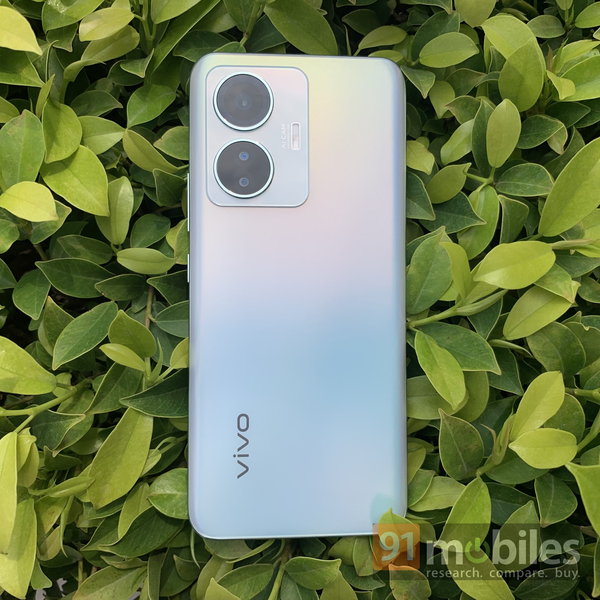
The Vivo T1 44W get the basics right, with 44W Vivo FlashCharge tech that can quickly juice up the device, a beautiful design and display, a decent set of cameras, and dependable battery life and performance. That said, the Vivo smartphone lacks features such as a high refresh rate and 5G connectivity, which have become quite common in the segment.
The lowdown
- The Vivo T1 44W is fashioned out of a plastic unibody, with a curvy back and gradient pattern. The handset also sports a matte finish, which does a decent job of hiding fingerprints and smudges. The volume rocker and power button are placed on the right spine, while the Type-C port for charging is sandwiched between the 3.5mm headphone jack and speaker grille on the bottom edge of the phone. The SIM tray, which has a dedicated slot for a microSD card, is placed up top. The left spine of the handset is as clean as a slate. I liked the overall form factor of the Vivo T1 44W. The handset is lightweight and thin, and offers a great in-hand feel. However, I wish the camera module could have been a bit smaller. The module dominates the back panel and also juts out from the frame, making the phone wobble when it’s lying flat on a surface.
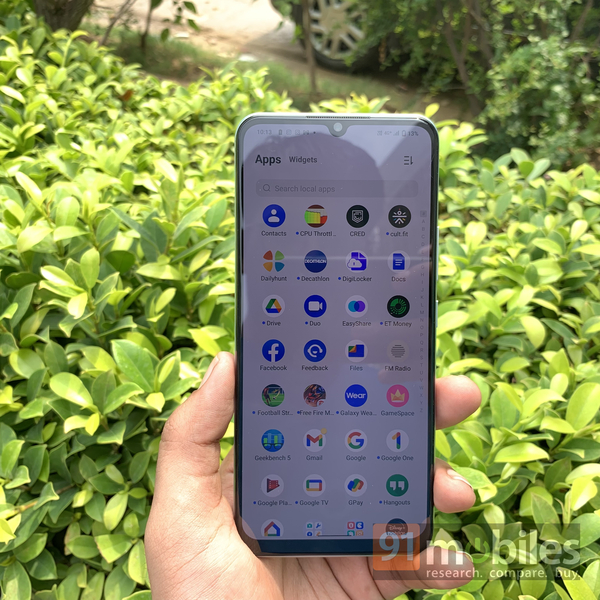
- Up front, the Vivo T1 44W sports a near bezel-less 6.44-inch display, which has a U-shaped notch atop for the selfie camera and FHD+ (2,400×1,080p) resolution. It’s an AMOLED panel that offers a rich contrast ratio for deeper blacks and a good dynamic range. The brightness level is also up to par, and so are the viewing angles. The overall experience could have been better had the screen offered a high refresh rate. The Vivo T1 44W refresh rate is locked at 60Hz, which only manages to refresh the screen 60 times a second. It isn’t bad but compared to 90Hz and 120Hz refresh rate screens, which have become quite common in the segment, the animation and scrolling feel a bit slow. That said, the Vivo T1 44W is Widevine L1 certified, which means it can stream HD content from video streaming platforms such as Netflix.
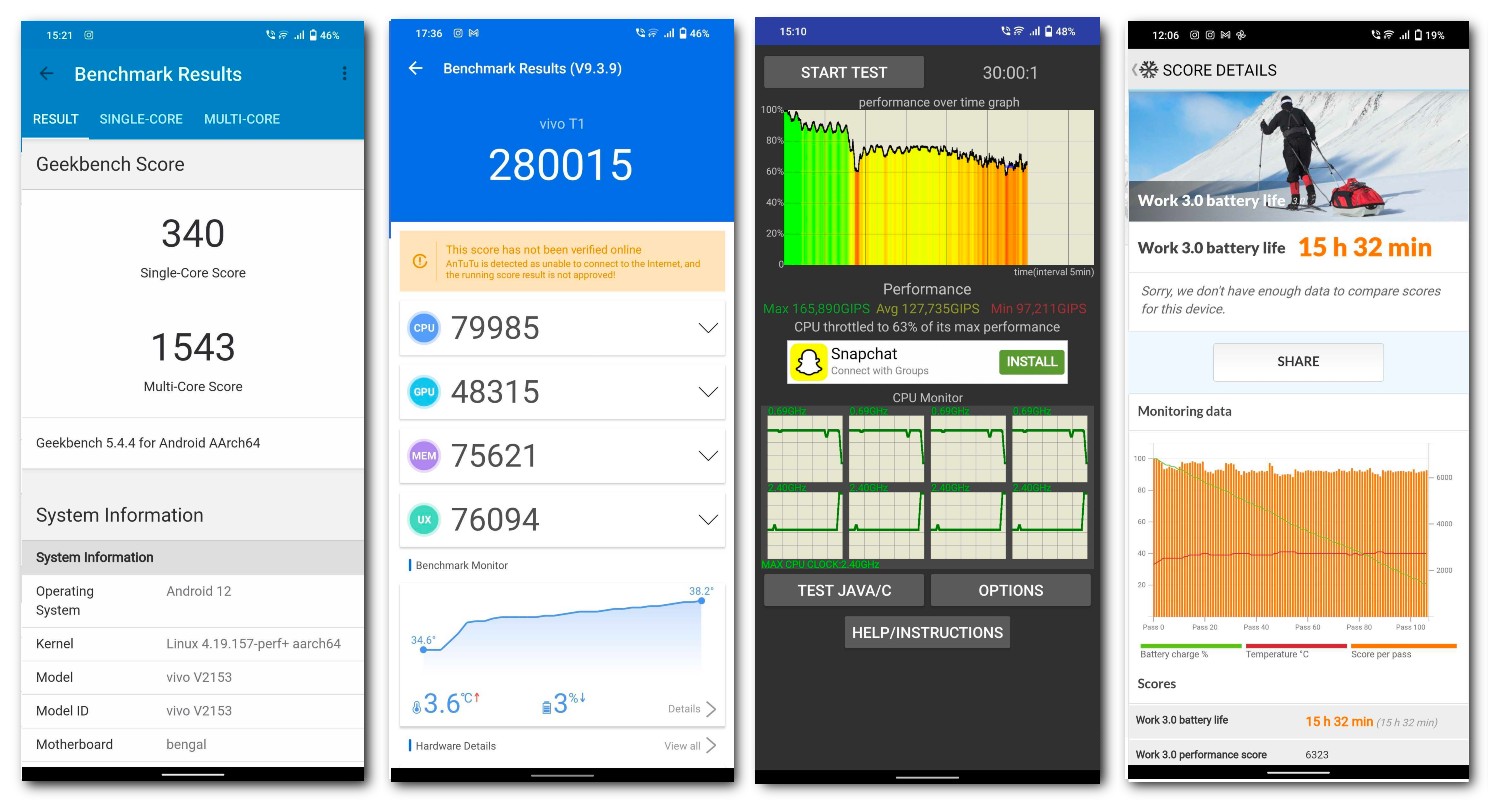
- The Vivo T1 44W rocks Qualcomm’s Snapdragon 680 SoC under the hood. The Snapdragon 680 is a mid-range 4G chipset, with a 6nm manufacturing process, Adreno 610 GPU, and Kyro 265 octa cores clocked at up to 2.4GHz. Now, it’s a decent chipset that can muscle through daily tasks such as multitasking, scrolling through social media accounts, and playing some casual games. The same is reflected in the Vivo T1 44W synthetic benchmarks, with Antutu V9.3.9 churning out a score of 2,80,015 and Geekbench 5’s multi-core result of 1,543. The handset can run GPU-intensive games like BGMI, but with sub-par graphics and frame rate. The maximum graphics settings that the BGMI supports on this phone are Balanced, with medium frame rates instead of high (30fps). We would advise you to stick to the default Smooth graphics settings on this device for a better experience. While the unit I was using had 8GB of RAM, the handset is also available with 4GB or 6GB RAM. The device can add an extra 4GB of virtual RAM from internal storage. The storage is further expandable up to 1TB using a microSD card, which has a dedicated slot in this smartphone.
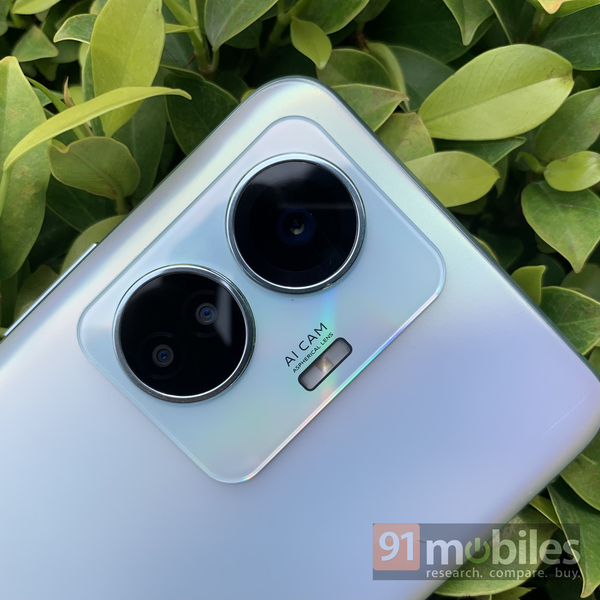
- The Vivo T1 44W packs a triple rear camera setup, which comprises a 50MP primary unit with an f/1.8 aperture lens. The setup also includes 2MP macro and 2MP depth sensors. There is no wide-angle sensor here, and the sensors present offer average results. The images clicked in daylight appeared a bit soft and lacked details. Now, things did look better with HDR mode, which improved the overall dynamic range, but the colours looked slightly inaccurate. The macro and depth sensors could have been better. The portrait shots looked unnatural, while close-up shots appeared slightly hazy. You need extremely stable hands to get the desired results from the handset’s depth sensor. There is a dedicated night mode as well, which adds a bit of brightness to the otherwise dull images clicked in low light. The 16MP selfie camera of the Vivo T1 44W also clicks acceptable photos in daylight, with nice skin tones.
- Keeping the lights on is a 5,000mAh battery which, per PCMark’s Battery 3.0 test, can last up to 15 hours 32 minutes. I was consistently getting at least a day’s usage with the Vivo smartphone on a single charge, with my usage including a couple of BGMI games in a day, casual browsing, and going through my work apps such as Slack and Gmail. In any case, the handset can be quickly recharged with the 44W Vivo FlashCharge solution. The tech took a little over 30 minutes to charge the Vivo T1 44W from nothing to 50 percent and another 45 minutes for a full charge during my usage.
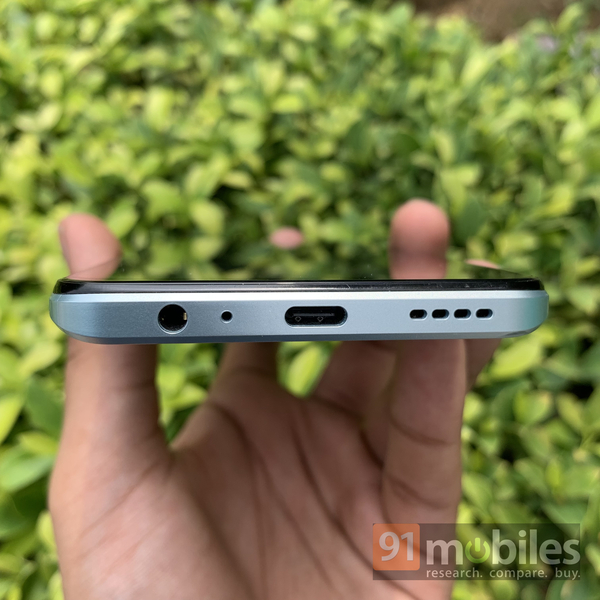
- As for the software, the Vivo T1 44W runs FunTouch OS 12 atop Android 12 out of the box. The custom skin does pack some fancy tricks up its sleeves, but it’s riddled with bloatware. Thankfully, you can remove most of the pre-installed apps. The handset comes with an in-display fingerprint scanner, which takes a fraction of a second to unlock but recognises the fingerprint at once. The scanner is also accurate and has an ideal position — at the bottom half of the screen where your thumb would rest while holding the device. The T1 44W supports 4G LTE, which worked just fine. The phone’s single bottom-firing speaker is loud and offers average sound quality.
Final verdict
The Vivo T1 44W seems like a rebranded version of the iQOO 6 44W for the offline market. That is not to say the handset is not available online. The phone is priced in India at Rs 14,499 for the 4GB RAM option, while the 6GB and 8GB RAM variants are available at Rs 15,999 and Rs 17,999, respectively. This puts the Vivo T1 44W up against the likes of the OPPO K10, Moto G52, and iQOO Z6 5G. The closest competitor would be Moto G52 (review), which is priced the same as the Vivo smartphone and comes with a high screen refresh rate and clean, minimalistic software.
The iQOO Z6 5G (review) packs a 5G-capable chipset ticking at its core along with a 120Hz refresh rate display, while the OPPO K10 sports a 90Hz panel. That said, both smartphones are slightly more expensive than the Vivo T1 44W smartphone and pack LCD panels instead of AMOLED. Additionally, none of the smartphones, including the Moto G52, offer a 44W fast charging solution. If that’s something you are after and don’t care much about screen refresh rate and 5G support, then the Vivo T1 44W could be worth considering in this segment.
Expert’s review: 3.5 / 5
Pros
- Nice display
- Good battery life
- Charges quickly
- Decent performance
Cons
- No stereo speakers
- Lacks 5G support and high screen refresh rate
- Low light photography needs improvement
The post Vivo T1 44W review: gets the basics right first appeared on 91mobiles.com.
via ©91 Mobiles













No comments:
Post a Comment